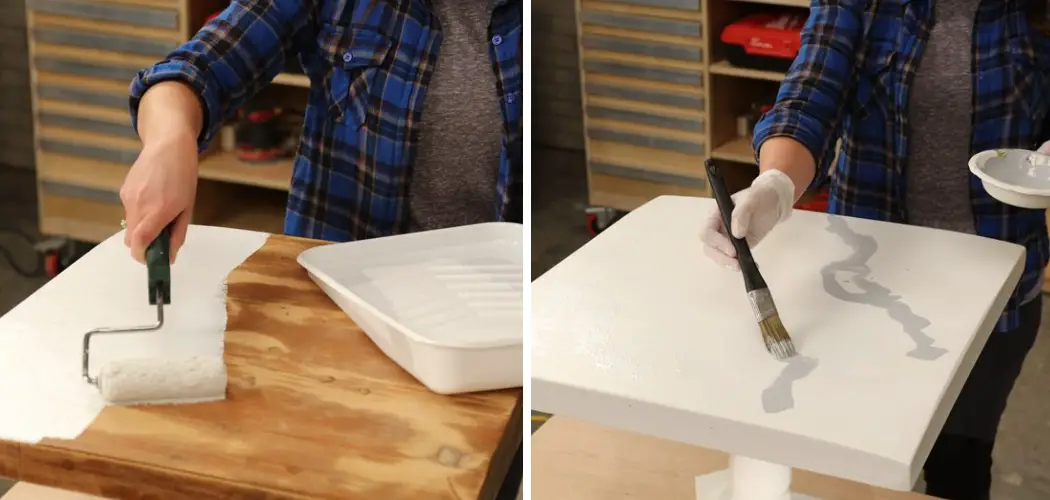Painting a beautiful marble effect on furniture and home décor items can add an exquisite touch to your interior design. While it may seem intimidating, painting a marble effect is surprisingly simple and easy for any skill level! In this blog post, we will take you through each step of how to paint marble effect on wood and show you how to achieve stunning results that look like the real thing – all from the comfort of your own home. Whether you’re looking to upgrade existing pieces or create eye-catching decor for yourself, why not try giving wood surfaces the luxurious marble treatment?
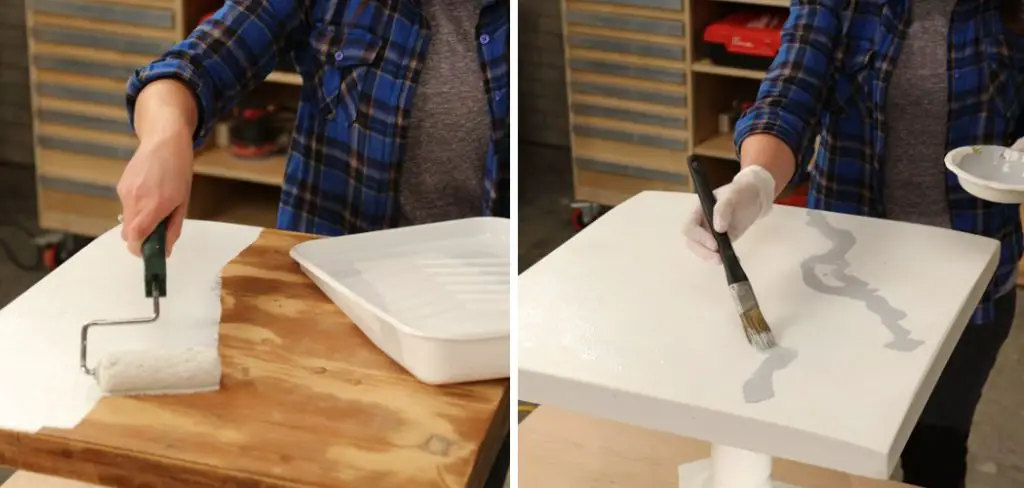
How Do You Paint a Marble Effect with a Brush?
Painting a marble effect on wood with a brush is possible. However, it requires time and patience. The process begins by preparing the surface of the wood. To do this, sand any imperfections from the wood and then use a damp cloth to wipe away any dust.
Next, apply a coat of primer to the entire surface that you wish to paint. Allow this to dry completely before moving on. Once the primer is dry, use a paintbrush to apply several coats of white acrylic or latex paint, allowing each coat to dry before applying the next.
Once you have finished applying all of the coats of white paint and allowed it to dry thoroughly, you will need to create a mottled effect with the paint. To do this, use a brush dipped in black or grey paint and randomly dab patches of it onto the white painted surface. The goal is to create an uneven pattern, working quickly so that each section is still wet when you start the next one.
To give your marble effect more depth and realism, you can also use a dry brush to paint along the edges. With this technique, dip your brush in white paint and then lightly drag it over the surface with a steady hand to create thin lines of varying lengths.
10 Methods How to Paint Marble Effect on Wood
1. Choose the Right Paint
The first step to painting a marble effect on wood is to choose the right paint. You will need high-quality acrylic paint that is specifically designed for use on wood. Make sure to choose a paint that is opaque, as this will give you the best results. If you’re looking for a glossy finish, choose a paint that is labeled as such.
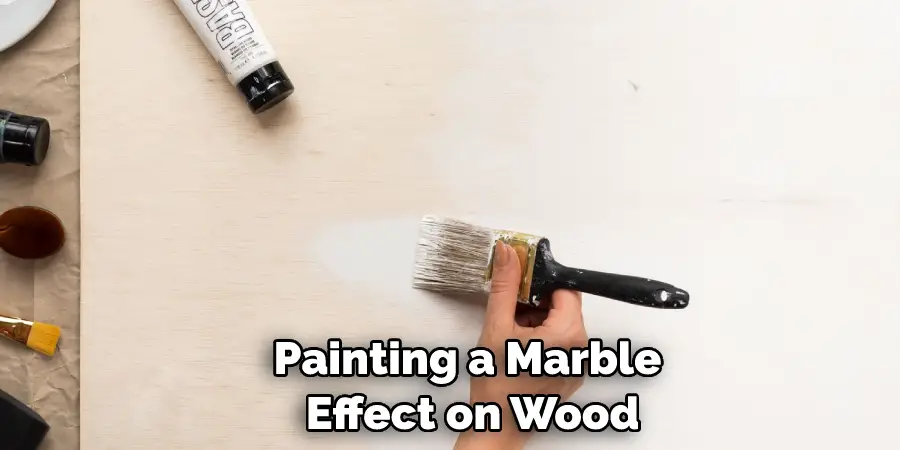
2. Prepare the Surface
Once you have chosen the right paint, you will need to prepare the surface of the wood. Start by sanding the wood with fine-grit sandpaper until it is smooth. Then, wipe away any dust with a damp cloth. If the wood has any imperfections, such as dents or scratches, use a wood filler to fill them in and sand the area again. Once the surface is smooth and dust-free, you are ready to begin painting. However, if you are working with a new piece of wood, it may not require any preparation.
3. Prime the Wood
After the wood is sanded and cleaned, you will need to prime it. This will help the paint to adhere to the surface and will also create a smooth base for the marble effect. Use an acrylic primer and apply it evenly to the surface of the wood. Let the primer dry completely before moving on to the next step. While it is drying, you can begin to think about what color scheme you would like for your marble effect.
4. Paint the Base Color
Once the primer is dry, you can start painting the base color. For this step, you will need to choose a light color, such as white or ivory. Apply the paint evenly to the surface of the wood and allow it to dry completely. While painting, you can use a damp cloth to wipe away any excess paint. Make sure to use even strokes and paint all areas of the wood that you want to be marbleized.

5. Paint the Veins
After the base color is dry, you can start painting the veins. For this step, you will need to choose a dark color, such as black or gray. Use a small brush to paint thin lines that resemble veins running through marble. Allow the veins to dry completely before proceeding to the next step. However, don’t worry if the veins are not perfect. Imperfections create a more natural look and feel to your painting project. If you are unhappy with the results, you can always go back and start over.
6. Paint over Veins with Base Color
Once the veins are dry, you can start painting over them with the base color again. This will help to blend them in and create a more realistic marble effect. Use a large brush for this step and apply an even layer of paint over the veins. Allow the paint to dry completely before proceeding to the next step. When the base color is dry, you can then move on to the next stage.
7. Add Highlights
After the base color is dry, you can start adding highlights if desired. For this step, you will need to choose a light color, such as white or ivory. Use a small brush to add dots of paint randomly over the surface of the wood. These dots will act as highlights and add depth and dimension to your marble effect. Allow them to dry completely before proceeding to the next step. Moving the brush in small and fast circles can give the illusion of marble veins.
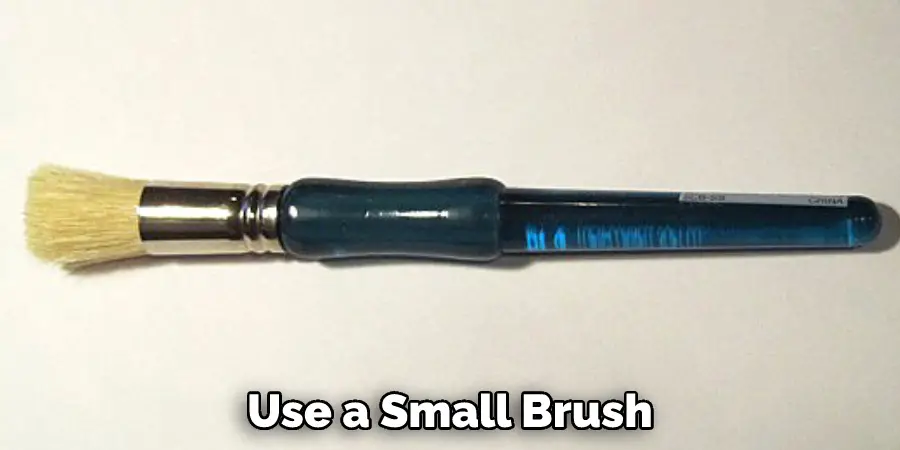
8. Add Shadows
After adding highlights, you can start adding shadows if desired. For this step, you will need to choose a dark color, black or gray. Use a small brush to add dots of paint randomly over the surface of the wood. These dots will act as shadows and add depth and dimension to your marble effect. Although it’s not necessary to add shadows, it is recommended as it will help bring the marble look to life.
Make sure to blend the shadows a bit with the base color to get a more realistic effect. If you make any mistakes, simply use some of the white paint to correct them.
9. Blend Colors Together :
Once you have achieved a satisfactory level of contrast and color, blend the colors together. To do this, use a dry brush to soften any harsh lines. This will help create a smoother transition between colors and make your marble effect look more realistic. Experiment with different techniques until you achieve the desired effect.
You may also want to add additional details, such as veins or textures, to make your marble effect more lifelike. Once you are satisfied with the result, seal your work with a protective layer of varnish or sealant. This will help ensure that your marble effect lasts for years to come.
10. Seal the Paint :
Once the paint has dried completely, you need to seal it with a gloss sealer. This will help protect your marble effect from wear and tear. Use a brush or roller to apply the sealer in an even layer over the entire piece of wood. Allow it to dry before handling or using it in any way.
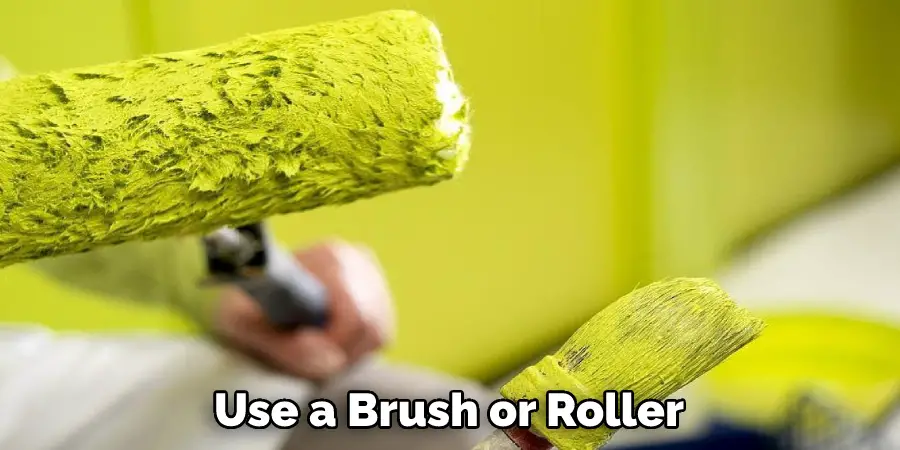
By following these steps, you can easily create a beautiful marble effect on wood. With practice and patience, you will be able to master this technique and use it to give your furniture and other projects a unique look. Have fun experimenting with different colors and techniques to get the results you desire! Good luck!
What Looks like Marble but Is Cheaper?
If you want a marble-like look without the cost of real stone, faux marble is a great alternative. Faux marble can be made from paint and other materials to create an authentic-looking finish on wood surfaces. The end result looks almost like real marble but costs much less. With the right tools and techniques, you can achieve a stunning marble-like finish on your furniture, walls, or other surfaces. Here is a guide to help you paint a marble effect on wood.
First, you will need to prepare the surface that you are painting by lightly sanding it down with medium grit sandpaper. Then use an all-purpose cleaner and a damp cloth to wipe away any dirt and residue. Allow the surface to dry completely before proceeding.
Next, apply a base coat of paint in a neutral color such as gray or beige. You can use either an oil-based or water-based latex paint for this step. For best results, use two coats of paint, with at least one being an eggshell finish.
Once the base coat is dry, you can begin to create the marble effect. Start by mixing a few drops of black paint into your white paint and mix thoroughly until it is a marbled gray color. Using a small brush, apply this marbled gray color in thin layers over the entire surface. Aim for light and dark patches that mimic the look of real marble.
Conclusion
Applying a marble effect to wood can add a touch of luxury to any piece. By following the steps on how to paint marble effect on wood outlined in this article, you can achieve a professional-looking finish that is sure to impress. Don’t be afraid to experiment with different colors and techniques to create your own unique style. With a little practice, anyone can paint like a pro!
You Can Check It Out to Make a Menorah Out of Wood

